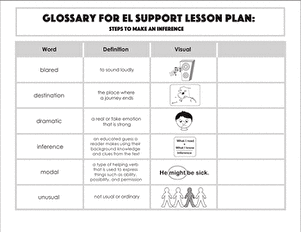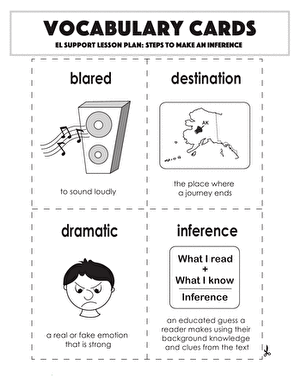Science project
How to Make an Anemometer
An anemometer is a device that is used to measure wind speed. There are many different types of anemometers suited for different environments, situations, and measurements. A cup anemometer is a basic type of measuring device, while newer, more accurate anemometers can make use of lasers and ultrasonic measuring technology.
A cup anemometer is commonly called a Robinson anemometer. It uses cup-like shapes to catch the wind, causing the device to spin. How many times it spins in a given time interval can tell you how fast the wind is moving. In this experiment, we'll learn how to make an anemometer and calibrate it.
Objective
Learn how to make an anemometer.
Materials:
- 5 small paper cups
- Hole punch
- Scissors
- Duct tape
- 3 thin wooden dowels
- Empty water bottle
- Stopwatch
Procedure:
- Use the hole punch to make a hole in the side of each of the 4 paper cups.
- Use the hole punch to make 4 holes spaced evenly around the rim of the last cup. This will be the center of the anemometer.
- Slide 2 of the wooden dowels through the holes in the center cup. They should cross in an “X.”
- Insert the ends of the dowels into the holes of the other cups and tape them into place. Make sure the cups are all facing the same direction.
- Take the last wooden dowel and make a hole in the bottom of the center cup.
- Push the dowel up until it meets the X and tape everything together. This will be your rotation axis.
- Put the center dowel into an empty water bottle and begin testing!

To calibrate your anemometer:
- On a windless day, have an adult drive you down the street at 10 miles per hour.
- Hold the anemometer out the window and count the number of rotations in 30 seconds.
- However many times your anemometer spins in 30 seconds will correspond roughly to wind blowing at 10 miles per hour.

Why?
Calibrating your anemometer gives you a basis to compare your collected data. For example, if your anemometer spins 10 times in 30 seconds on your 10 mile per hour test run, then you know in the future that 10 spins in 30 seconds means the wind is going 10 miles an hour. If you want to be even more accurate, you can calibrate at many different speeds and make a chart of your results.
Education.com provides the Science Fair Project Ideas for informational purposes only. Education.com does not make any guarantee or representation regarding the Science Fair Project Ideas and is not responsible or liable for any loss or damage, directly or indirectly, caused by your use of such information. By accessing the Science Fair Project Ideas, you waive and renounce any claims against Education.com that arise thereof. In addition, your access to Education.com's website and Science Fair Project Ideas is covered by Education.com's Privacy Policy and site Terms of Use, which include limitations on Education.com's liability.
Warning is hereby given that not all Project Ideas are appropriate for all individuals or in all circumstances. Implementation of any Science Project Idea should be undertaken only in appropriate settings and with appropriate parental or other supervision. Reading and following the safety precautions of all materials used in a project is the sole responsibility of each individual. For further information, consult your state's handbook of Science Safety.













